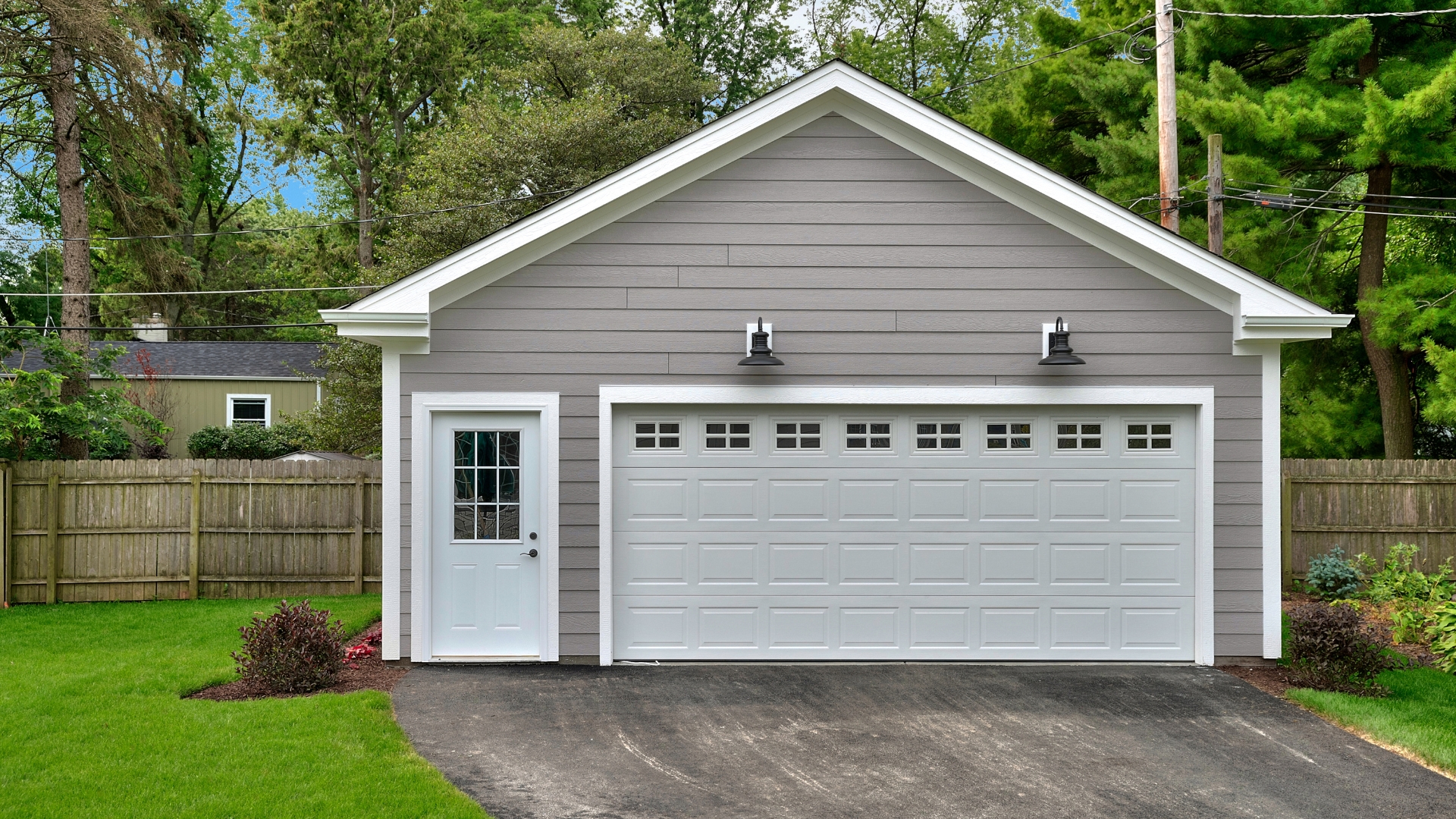
A reliable garage door is crucial for home safety and convenience. However, garage doors are often overlooked when it comes to safety checks, despite daily usage and high operational strain. This guide provides a thorough checklist to help you maintain a safe and durable garage door system.
Essential Garage Door Safety Checks
1. Visual Inspection
Inspect your door’s panels, tracks, rollers, and springs for signs of wear and damage. Replace any visibly worn parts to prevent malfunction.
2. Balance Check
A balanced garage door reduces strain on the opener and prevents sudden closures. Disconnect the opener and manually lift the door halfway; it should stay in place. If it doesn’t, it may require spring adjustment by a professional.
3. Reversal Mechanism Testing
Modern doors feature automatic reversal mechanisms to prevent injuries. Place an object under the door as it closes. If it fails to reverse upon contact, adjust the downforce or contact a technician.
4. Photoelectric Eye Sensors
Garage doors with photoelectric sensors should detect obstacles in their path. Ensure the sensors are aligned, positioned about 6 inches above the ground, and free from dust or debris.
5. Manual Release Function
The manual release allows you to open the garage door manually during power outages. Test it periodically by disconnecting the opener and lifting the door. Familiarize yourself with this function for emergencies.
6. Control Buttons
Control buttons should be installed at least 5 feet above the ground, out of children’s reach, to prevent accidental operation. Regularly check that the buttons are responsive and function properly.
7. Lubrication
Proper lubrication of moving parts like rollers, hinges, and tracks helps to avoid friction-related wear and tear. Apply a recommended lubricant every six months to extend the door’s lifespan.
Importance of Regular Professional Maintenance
Professional maintenance helps detect complex issues and prevents potential hazards, especially for high-tension components like torsion springs and cables.
Conclusion
Regular garage door safety checks can prevent injuries, extend the door’s lifespan, and enhance security. Use this guide to maintain your garage door safely and seek professional assistance for technical adjustments and repairs.
For a detailed professional assessment, consider scheduling regular inspections with certified technicians.